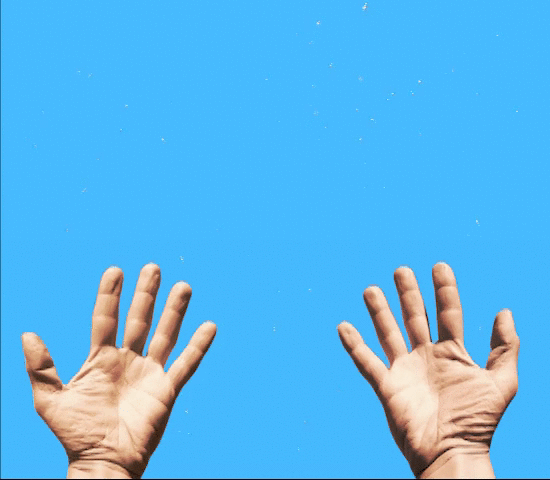

The blue field entoptic phenomenon or Scheerer's phenomenon (after the German ophthalmologist Richard Scheerer, who first drew clinical attention to it in 1924[1]) is the appearance of tiny bright dots (nicknamed blue-sky sprites) moving quickly along squiggly lines in the visual field, especially when looking into bright blue light such as the sky.[2] The dots are short-lived, visible for a second or less, and traveling short distances along seemingly random, curvy paths. Some of them follow the same path as predecessors. The dots may be elongated along the path like tiny worms. The dots appear in the central field of view, within 10 to 15 degrees from the fixation point.[3] The left and right eye see different dots; someone looking with both eyes sees a mixture.
Most people are able to see this phenomenon. However, it is rather weak, and many people don’t notice it until asked to pay attention.
Explanation
The dots are white blood cells moving in the capillaries in front of the retina of the eye.[4] Blue light (optimal wavelength: 430 nm) is absorbed by the red blood cells that fill the capillaries. The eye and brain "edit out" the shadow lines of the capillaries, partially by dark adaptation of the photoreceptors lying beneath the capillaries. The white blood cells, which are much rarer than the red ones and do not absorb blue light, create gaps in the blood column, and these gaps appear as bright dots. The gaps are elongated because a spherical leukocyte is too wide for the capillary. Red blood cells pile up behind the leukocyte, showing up like a dark tail.[5] This behavior of the blood cells in the capillaries of the retina has been observed directly in human subjects by adaptive optics scanning laser ophthalmoscopy, a real time imaging technique for examining retinal blood flow.[6] The dots won’t appear at the very centre of the visual field, because there are no blood vessels there (foveal avascular zone).
http://en.wikipedia.org/wiki/Blue_field_entoptic_phenomenon
Text is available under the Creative Commons Attribution-ShareAlike License;

